
Sudden headache while sweeping the floor, 48-year-old woman went to the doctor and discovered a ruptured brain aneurysm
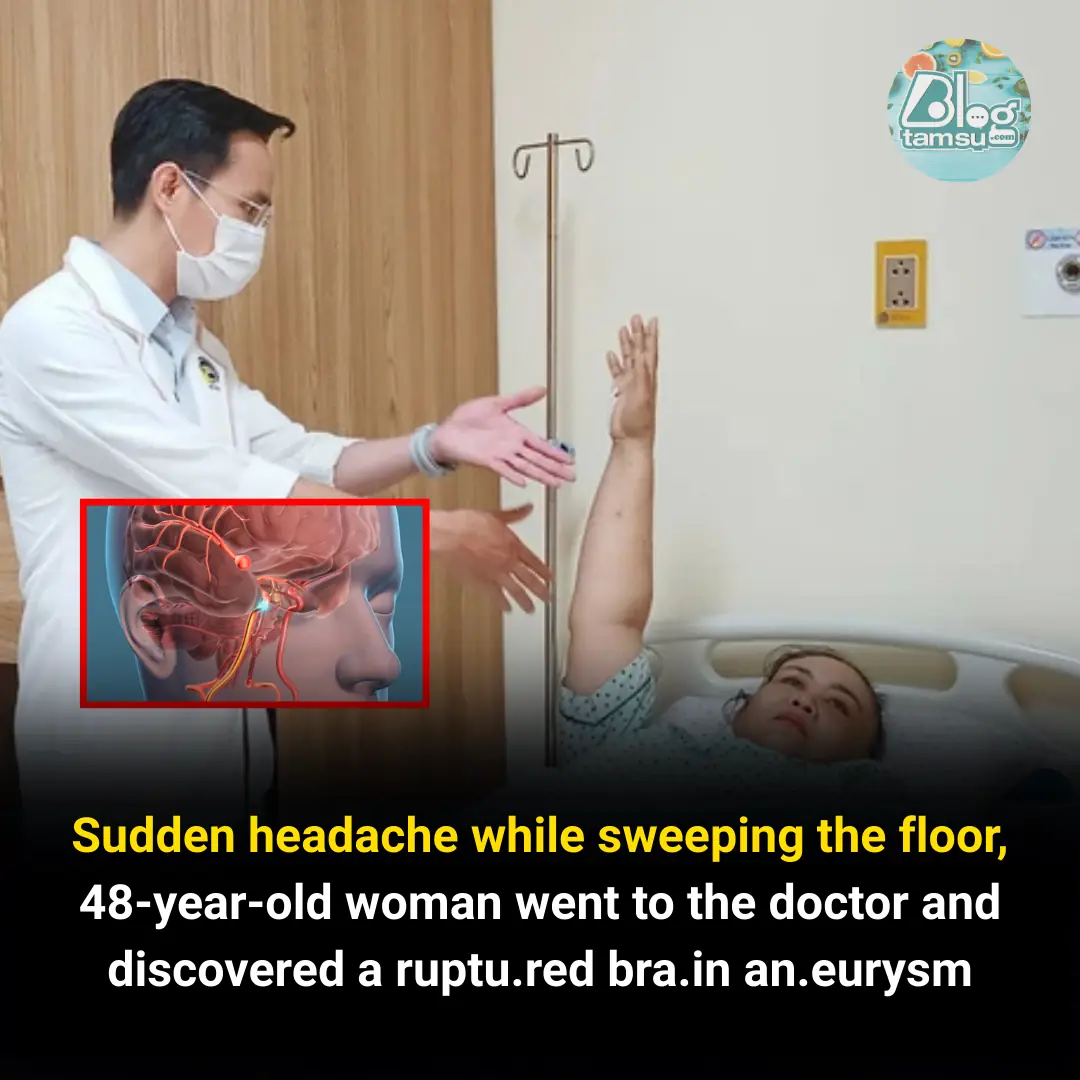
Sudden Severe Headache Due to Ruptured Cerebral Aneurysm
At 6 a.m., Ms. N.T.B (48 years old, from Long An) was sweeping the house when she suddenly felt dizzy and developed an excruciating headache. The pain spread with numbness and tingling throughout her body. What made it alarming was that the pain came without warning and felt unlike anything she had ever experienced before. Her family rushed her to a nearby hospital, and she was later transferred to Xuyen A General Hospital for treatment.
The patient was admitted in a semi-conscious state. A CT scan of the brain revealed a subarachnoid hemorrhage.
Suspecting that the bleeding was caused by a ruptured cerebral aneurysm, doctors ordered a CT angiogram, which confirmed that the subarachnoid hemorrhage originated from a ruptured aneurysm in the anterior communicating artery.
Doctors explained that this is a life-threatening neurosurgical emergency. A cerebral aneurysm occurs when a section of a brain artery wall becomes thin and bulges outward. If it ruptures, blood floods the subarachnoid space, increasing pressure on the brain and threatening the patient’s life minute by minute. Without urgent intervention to remove the aneurysm, the patient faces a high risk of death or severe neurological disability due to recurrent bleeding.
Faced with the critical situation, doctors from the Spine and Neurosurgery Department 2 quickly held a consultation and performed emergency surgery to clip the aneurysm, preventing further rupture and intracranial hemorrhage.
Ending the Deadly Threat of a Ruptured Cerebral Aneurysm
Surgeons performed a craniotomy in the frontal area, accessed the brain’s base where the aneurysm had ruptured, and placed a tiny titanium clip at the aneurysm’s neck, effectively excluding it from the cerebral circulation — thus eliminating the deadly threat.
Dr. Le Tan Linh, from the Spine and Neurosurgery Department 2, who directly performed the surgery, shared:
"Even the slightest error in handling could cause massive bleeding or irreversible brain damage. But with extensive experience from similar cases, the surgical team was able to precisely control the rupture and completely secure the aneurysm. To successfully perform this technique, the surgeon must have high-level expertise, along with the support of a microscope and specialized microsurgical instruments. Microsurgical clipping is typically indicated for patients with wide-neck aneurysms or ruptured aneurysms associated with intracerebral hemorrhage."
After 24 hours of intensive care, Ms. B gradually regained consciousness and began recognizing and communicating with family members. A week later, she was able to sit up, eat, and practice walking. Her Glasgow Coma Scale (GCS) score reached 15, with no neurological deficits, marking an almost complete recovery.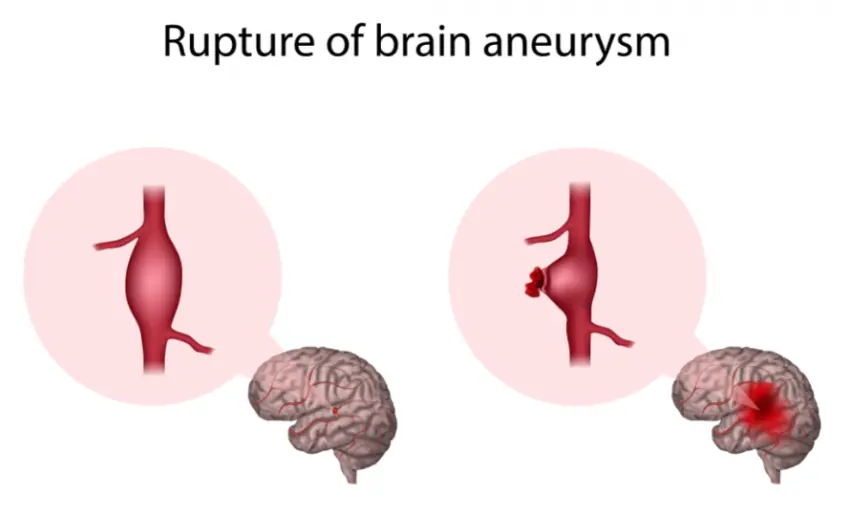
Cerebral Aneurysm Rupture – The “Hidden Danger” Behind Headaches
Statistics show that about 10–15% of patients with ruptured aneurysms die before reaching the hospital, and around 45% die within the first 30 days. For survivors of the initial hemorrhage, re-rupture is the leading cause of disability and death. Early surgical clipping is therefore crucial to reduce this risk.
A cerebral aneurysm occurs when part of the arterial wall degenerates and weakens compared to surrounding segments, often at sites under high blood pressure. The vessel wall bulges outward like a balloon. When located at weak points, the aneurysm can rupture, causing bleeding into the subarachnoid space.
Hemorrhage can vary in extent — it may be confined to the subarachnoid space or form a hematoma that compresses the brain and cranial nerves, increasing intracranial pressure and rapidly leading to coma. Subarachnoid bleeding can also block cerebrospinal fluid pathways, causing hydrocephalus, further elevating intracranial pressure, and putting the patient at imminent risk of death.
Who Is at Risk of Cerebral Aneurysm Rupture?
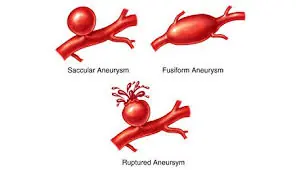
-
Patients with unexplained brain hemorrhage or other cerebrovascular diseases.
-
Individuals with a family history of ruptured cerebral aneurysms.
A cerebral aneurysm can remain silent for years without symptoms until rupture occurs. Alarmingly, the only warning sign may sometimes be a sudden, severe headache, often mistaken for a migraine or tension headache.
Therefore, whenever sudden and severe headaches occur, it is essential to seek immediate examination and treatment at a reputable medical facility.
News in the same category


56-year-old man contracts food poisoning from a favorite dish of many Vietnamese people

Bulging Arm and Hand Veins: Causes and Treatments
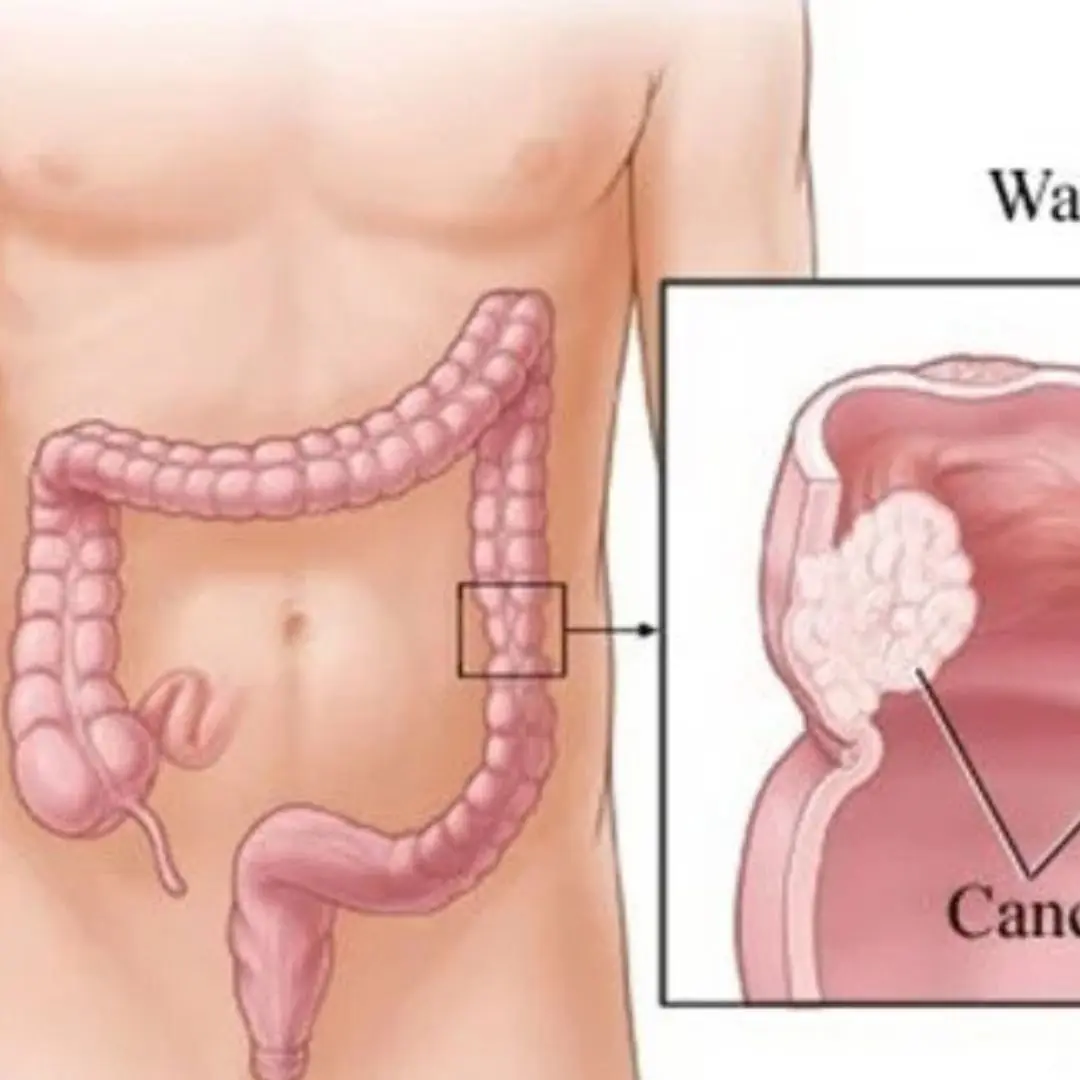
Ca.n.cer is painless at first, but if you notice these 8 signs while going to the bathroom, you should see a doctor immediately

5 Foods That Can Wreck Your Kidn.eys Without Mercy

4 Foods With an Extremely Short Shelf Life After Opening – Don’t Trust the Expiry Date!
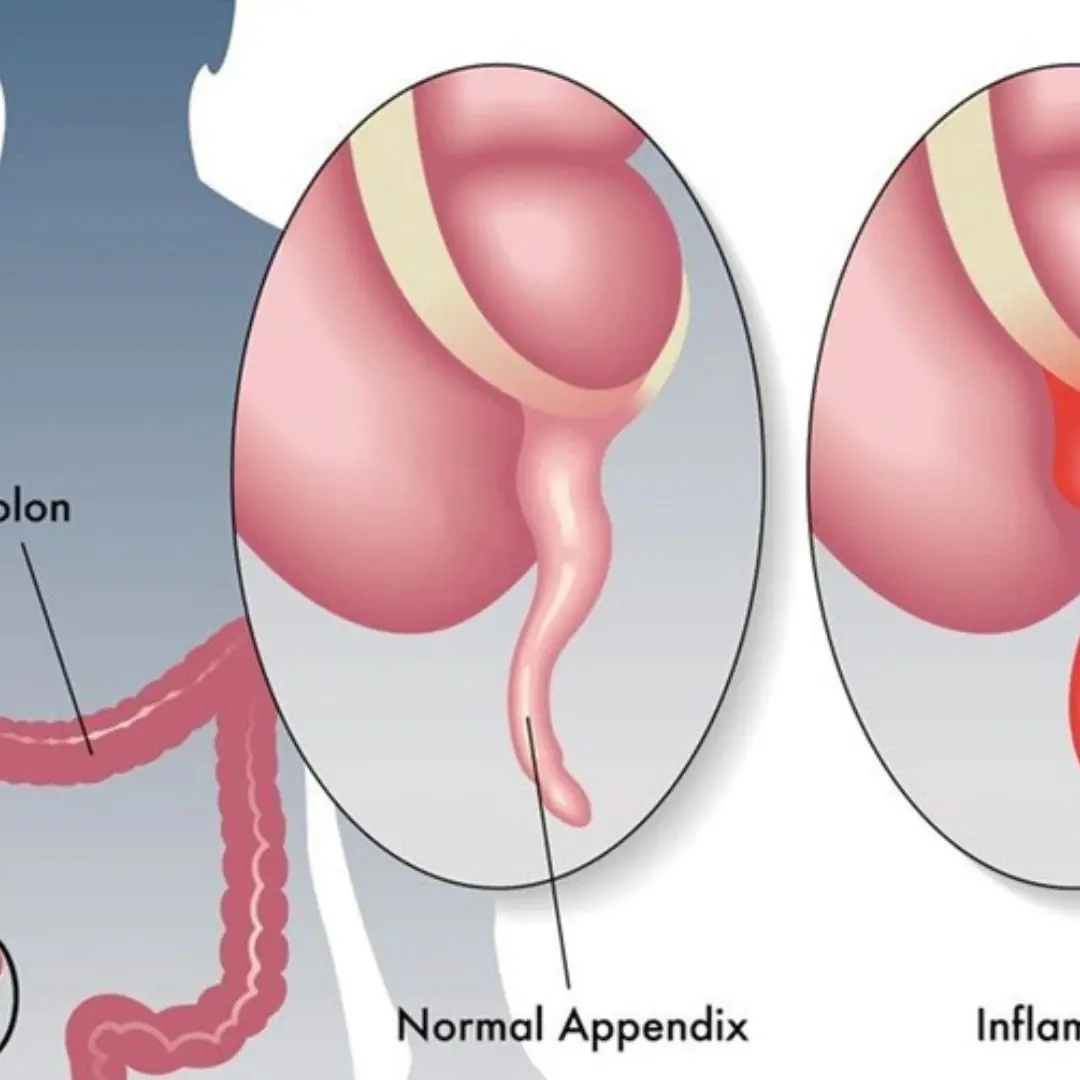
11 most common symptoms and signs as well as effective disease prevention measures

5 harmful effects of sitting cross-legged

Chives: A familiar spice but contains 8 great health benefits

7 surprising effects of drinking warm lemon water in the morning

14 Healthy Foods You Should Add to Your Diet to Reduce Joint Pain and Stiffness

Eating Greek Yogurt Every Morning for 1 Week
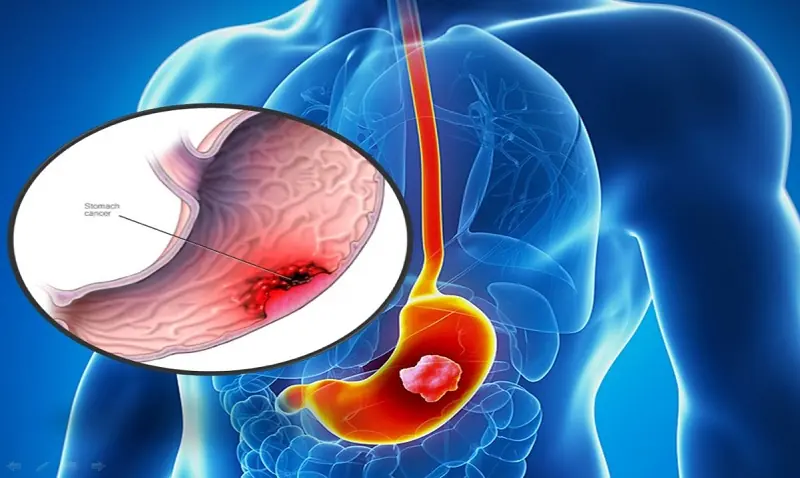
5 “Superfoods” That Fight the Deadly Sto.mach Can.cer Bacteria

Just 3 Nights Of Poor Sleep May Raise Heart Disease Risk, New Study Warns

5 vegetables you should never eat raw — they may hide worm nests that turn into parasites in your stomach

5 Types of Vegetables That Hide “Nests of Parasites”

Don't miss: this nail color may be related to heart and lung disease

Drinking orange juice at these 3 times is both wasteful and harmful to your health

8 reasons why you should not stand while drinking water
News Post

A bitter taste in your mouth every morning? Don’t take it lightly — it may signal an underlying illness

Miner took his son to the game immediately following work – he had no time to shower

56-year-old man contracts food poisoning from a favorite dish of many Vietnamese people

Bulging Arm and Hand Veins: Causes and Treatments

Ca.n.cer is painless at first, but if you notice these 8 signs while going to the bathroom, you should see a doctor immediately

5 Foods That Can Wreck Your Kidn.eys Without Mercy

4 Foods With an Extremely Short Shelf Life After Opening – Don’t Trust the Expiry Date!

Reasons you should not ki.ll millipedes

11 most common symptoms and signs as well as effective disease prevention measures

Cop comforts toddler during welfare check and 2 years later becomes her father

Identical twin sisters give birth to sons on same day at the same hospital

5 harmful effects of sitting cross-legged

Chives: A familiar spice but contains 8 great health benefits

7 surprising effects of drinking warm lemon water in the morning

Why do elevators have mirrors? The manufacturer gives 3 reasons that surprise many people

14 Healthy Foods You Should Add to Your Diet to Reduce Joint Pain and Stiffness

When A Brown Bug Like This Appears In Your Yard, Immediate Action Is Required

Eating Greek Yogurt Every Morning for 1 Week
